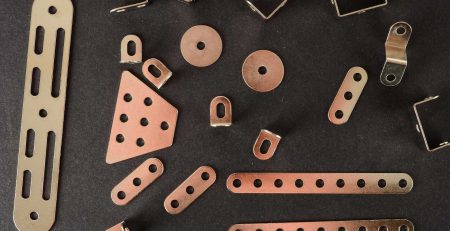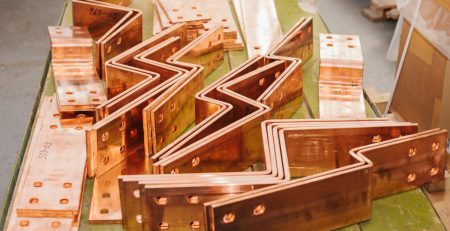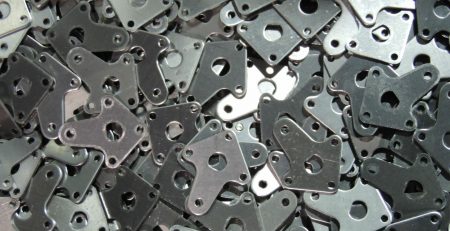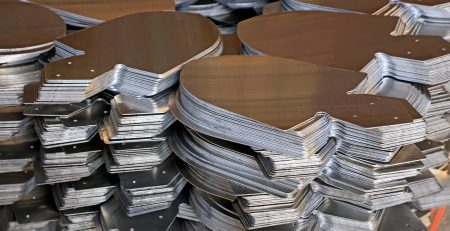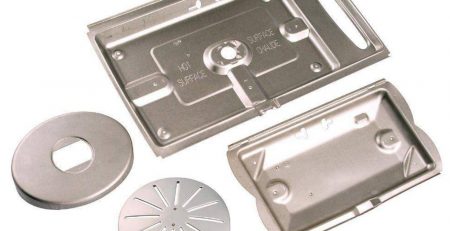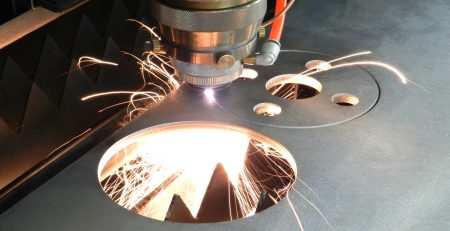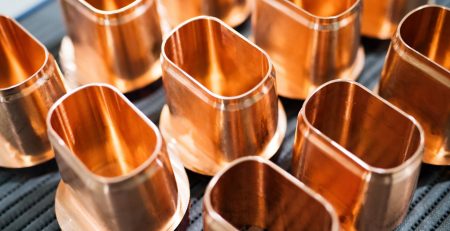Innovative Techniques Used by Sheet Metal Fabricators to Boost Productivity and Quality
Sheet metal fabrication is a critical process in the manufacturing industry, with countless applications across various sectors. The demand for high-quality products and faster production times has led sheet metal fabricators to adopt innovative techniques that are revolutionizing the industry. These techniques are geared towards enhancing productivity, reducing lead times, and improving the quality of the final product. From the use of advanced software and automation systems to the adoption of lean manufacturing principles, sheet metal fabricators are continually exploring new ways to streamline their operations and stay ahead of the competition. In this article, we will explore some of the innovative techniques used by sheet metal fabricators to boost productivity and quality, and how these techniques are transforming the industry.
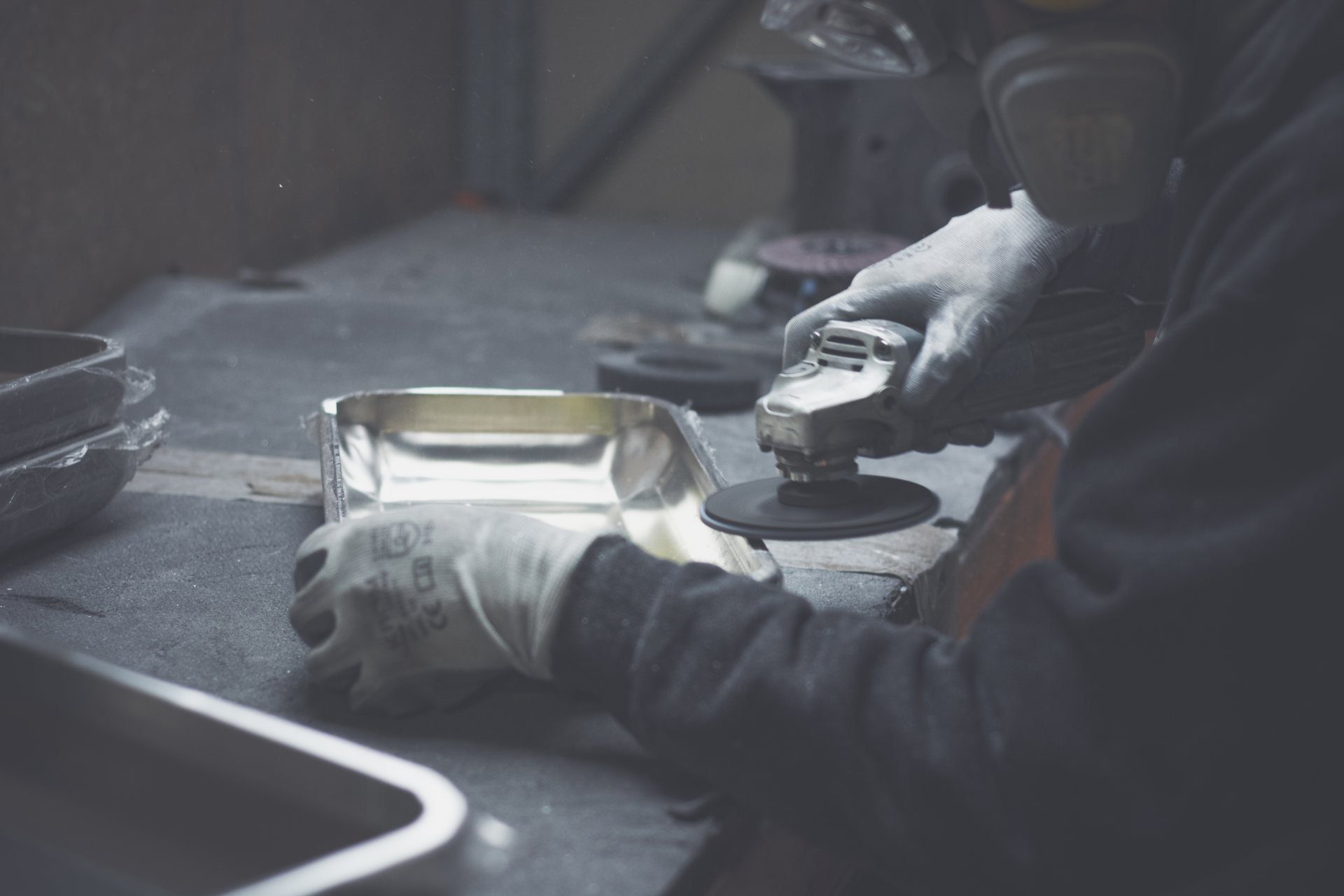
Common Challenges Faced by Sheet Metal Fabricators
Sheet metal fabrication is a complex process that involves a range of challenges. One of the most significant challenges faced by sheet metal fabricators is maintaining quality standards while ensuring that production timelines are met. There is also a constant need to reduce costs and improve efficiency without compromising on quality. Another challenge is the need to keep up with changing customer demands and market trends.
These challenges have led sheet metal fabricators to adopt innovative techniques that address these issues. By leveraging technology and automation, fabricators can streamline their processes and reduce production times while maintaining quality standards. Advanced software and equipment can also help fabricators to optimize their workflows and improve efficiency, leading to reduced costs and increased productivity.
Innovative Techniques to Improve Productivity
Sheet metal fabricators are continually exploring new techniques to improve productivity and quality. One such technique is the use of automation systems. Automation can help fabricators to streamline their processes, reduce manual labor, and increase production speeds. Robots can be used for tasks such as welding, cutting, and bending, freeing up human workers to focus on more complex and creative tasks.
Another technique is the adoption of lean manufacturing principles. Lean manufacturing is a philosophy that focuses on reducing waste and increasing efficiency. By eliminating unnecessary steps in the production process, fabricators can streamline their operations and reduce lead times. This results in faster production times, reduced costs, and improved quality.
The use of advanced software is also an innovative technique used by sheet metal fabricators. Software such as computer-aided design (CAD) and computer-aided manufacturing (CAM) can help fabricators to design and produce complex parts with precision and accuracy. This results in improved quality and reduced lead times.
Advanced Equipment Used in Sheet Metal Fabrication
Sheet metal fabricators use a range of advanced equipment to improve their processes and increase productivity. One such equipment is the laser cutter. Laser cutters use a high-powered laser beam to cut through sheet metal with precision and accuracy. This results in clean, precise cuts that require minimal finishing.
CNC machines are another type of advanced equipment used in sheet metal fabrication. CNC machines use computer-controlled movements to produce complex parts with high accuracy. This reduces the need for manual labor and improves production speeds, resulting in faster lead times and increased productivity.
Another type of advanced equipment used in sheet metal fabrication is the press brake. Press brakes are used to bend sheet metal into various shapes and sizes. Advanced press brakes use computer-controlled movements to produce complex bends with high accuracy, resulting in improved quality and reduced lead times.
Quality Control Measures for Sheet Metal Fabrication
Quality control is a critical aspect of sheet metal fabrication. Quality control measures ensure that the final product meets the required specifications and is free from defects. Fabricators use a range of quality control measures to ensure that their products meet the required standards.
One such measure is the use of inspection equipment. Inspection equipment such as coordinate measuring machines (CMMs) can be used to measure parts with precision and accuracy. This ensures that parts meet the required specifications and are free from defects.
Another quality control measure used in sheet metal fabrication is statistical process control (SPC). SPC involves monitoring the production process to ensure that it remains within the required specifications. By monitoring the process, fabricators can identify and correct any issues before they result in defects or quality issues.
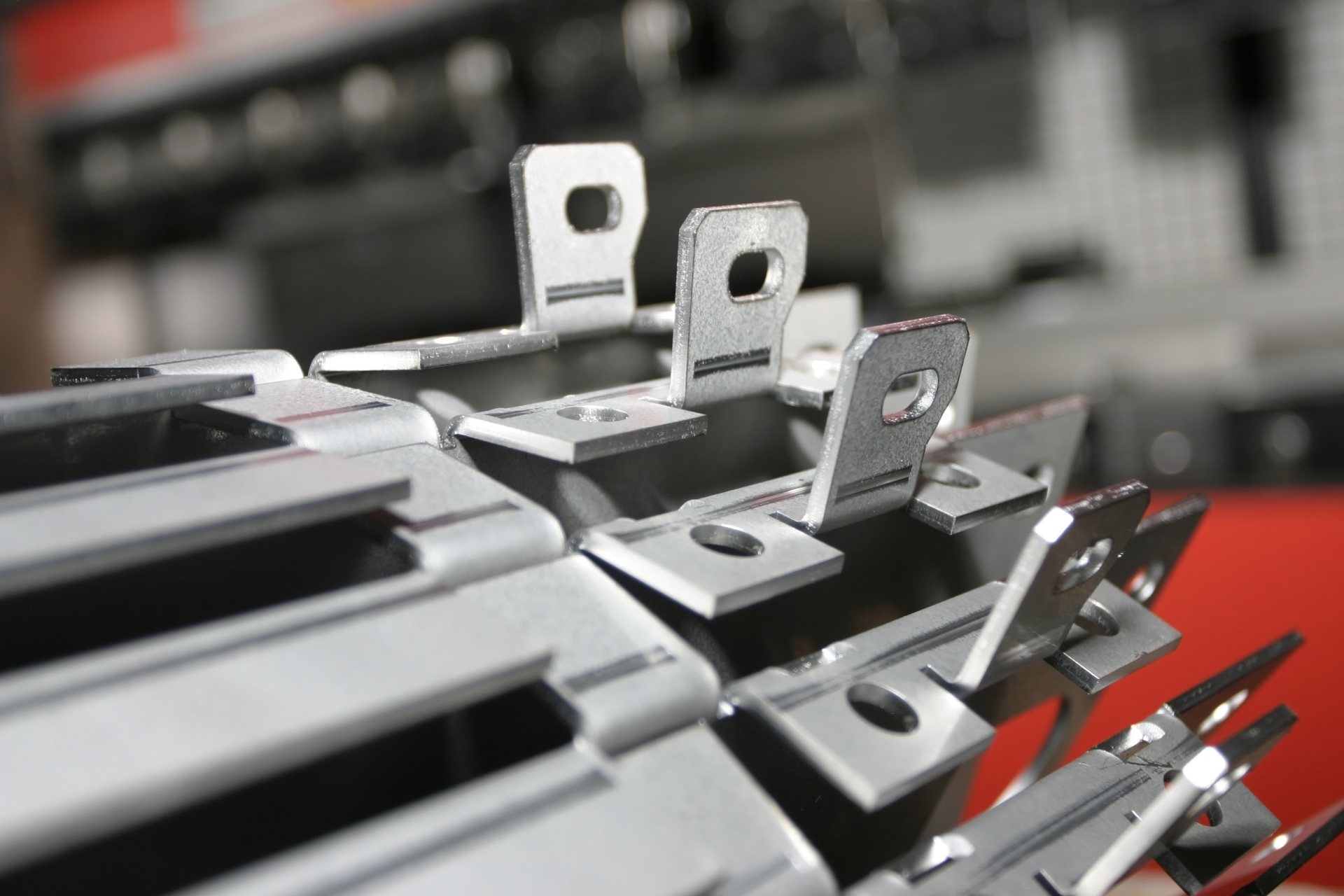
Importance of Automation in Sheet Metal Fabrication
Automation is becoming increasingly important in sheet metal fabrication. Automation can help fabricators to improve efficiency, reduce lead times, and increase productivity. By automating repetitive and manual tasks, fabricators can free up human workers to focus on more complex and creative tasks.
Automation can also help fabricators to reduce costs. By reducing the need for manual labor, fabricators can reduce labor costs and improve profitability. Automation can also help fabricators to reduce waste and improve efficiency, resulting in further cost savings.
Best Practices for Sheet Metal Fabrication
Sheet metal fabrication involves a range of complex processes. To ensure that the final product meets the required specifications and is free from defects, fabricators must follow best practices. One such practice is the use of proper safety equipment. Fabricators must use appropriate safety equipment such as gloves, safety glasses, and ear protection to ensure the safety of workers.
Another best practice is the use of proper tooling. Fabricators must use appropriate tooling to ensure that parts are produced with precision and accuracy. Proper tooling also reduces the risk of defects and quality issues.
Fabricators must also follow proper maintenance procedures for their equipment. Regular maintenance ensures that equipment is operating at peak performance, reducing the risk of breakdowns and production delays.
Advancements in Sheet Metal Fabrication Technology
Advancements in technology are transforming the sheet metal fabrication industry. New materials, such as composites and advanced alloys, are being used to produce parts with improved strength and durability. These materials also offer improved corrosion resistance, making them ideal for use in harsh environments.
Advancements in software and automation are also transforming the industry. New software packages, such as 3D printing software, are making it easier to design and produce complex parts. Automation systems are becoming increasingly sophisticated, enabling fabricators to automate even more tasks and improve efficiency further.
Sustainable Sheet Metal Fabrication
Sustainability is becoming increasingly important in sheet metal fabrication. Fabricators are adopting sustainable practices that reduce waste and improve efficiency. One such practice is the use of recycled materials. Recycled materials can be used to produce parts with reduced environmental impact.
Fabricators are also adopting lean manufacturing principles, which reduce waste and improve efficiency. By eliminating unnecessary steps in the production process, fabricators can reduce their environmental footprint and improve profitability.
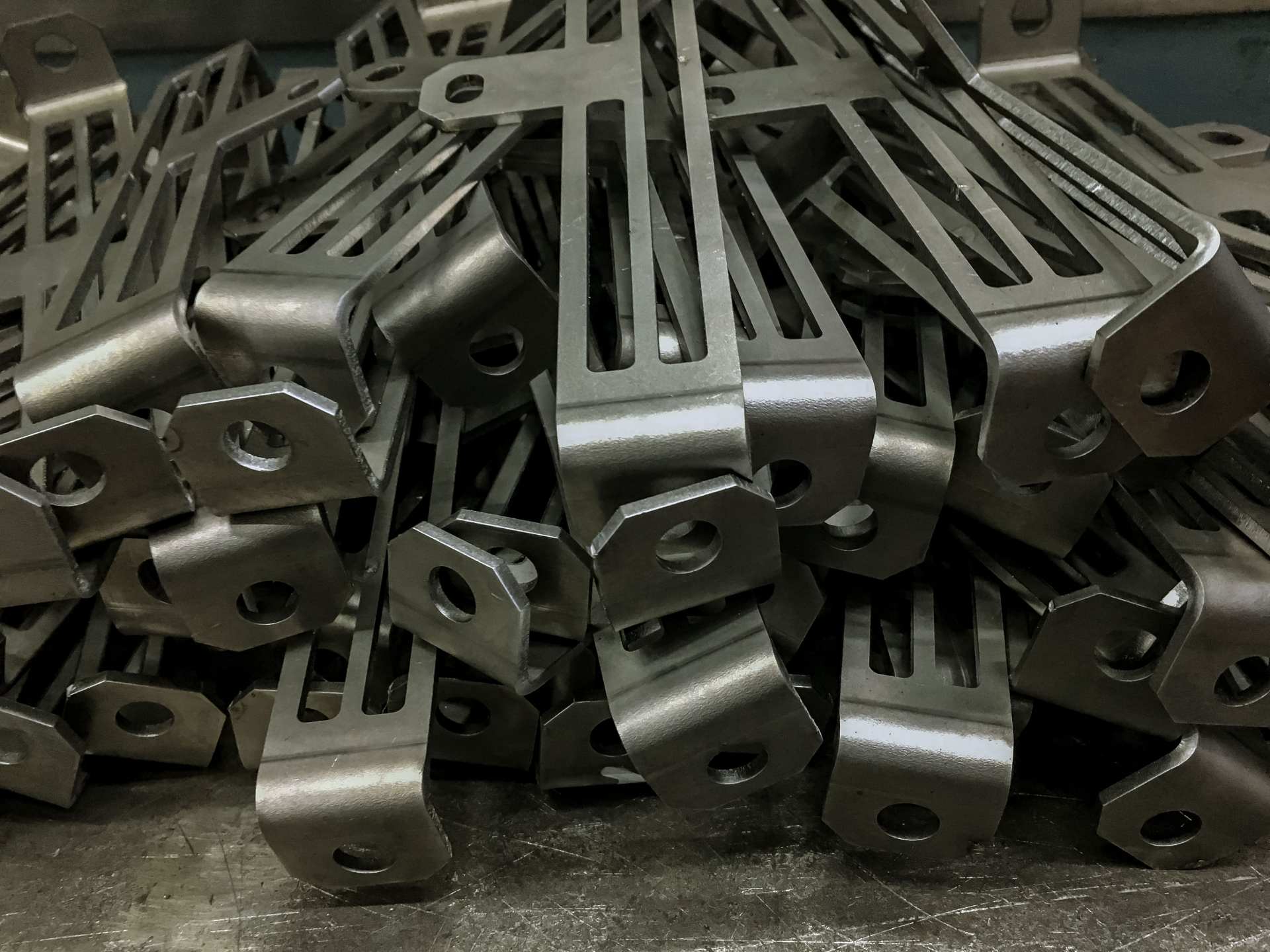
Conclusion
Innovative techniques are transforming the sheet metal fabrication industry. From the use of advanced automation systems and software to the adoption of lean manufacturing principles, fabricators are continually exploring new ways to improve productivity and quality. By leveraging technology and sustainable practices, fabricators can reduce lead times, improve efficiency, and produce high-quality parts that meet the required specifications. As the industry continues to evolve, we can expect to see even more innovative techniques that will further revolutionize sheet metal fabrication.

